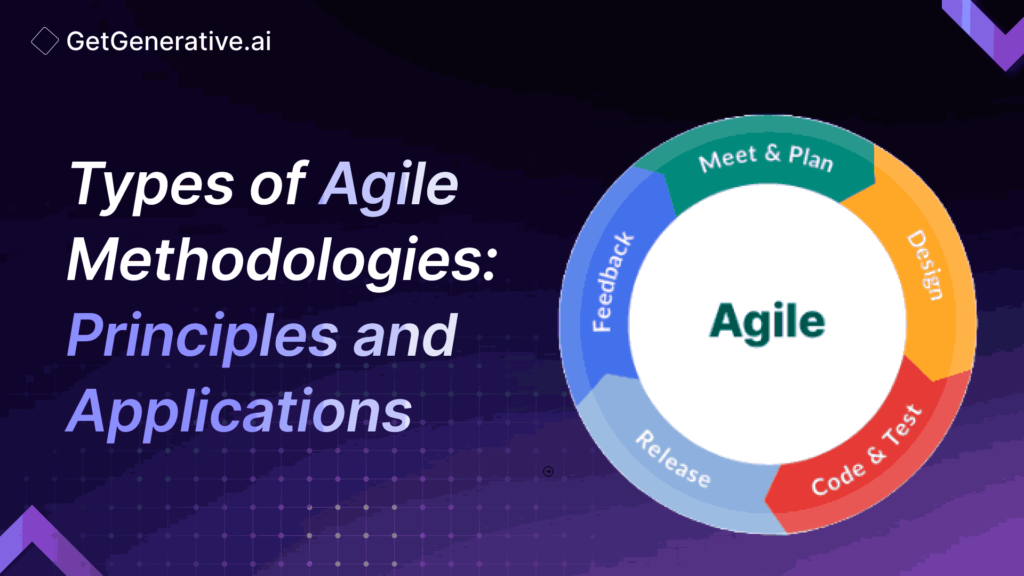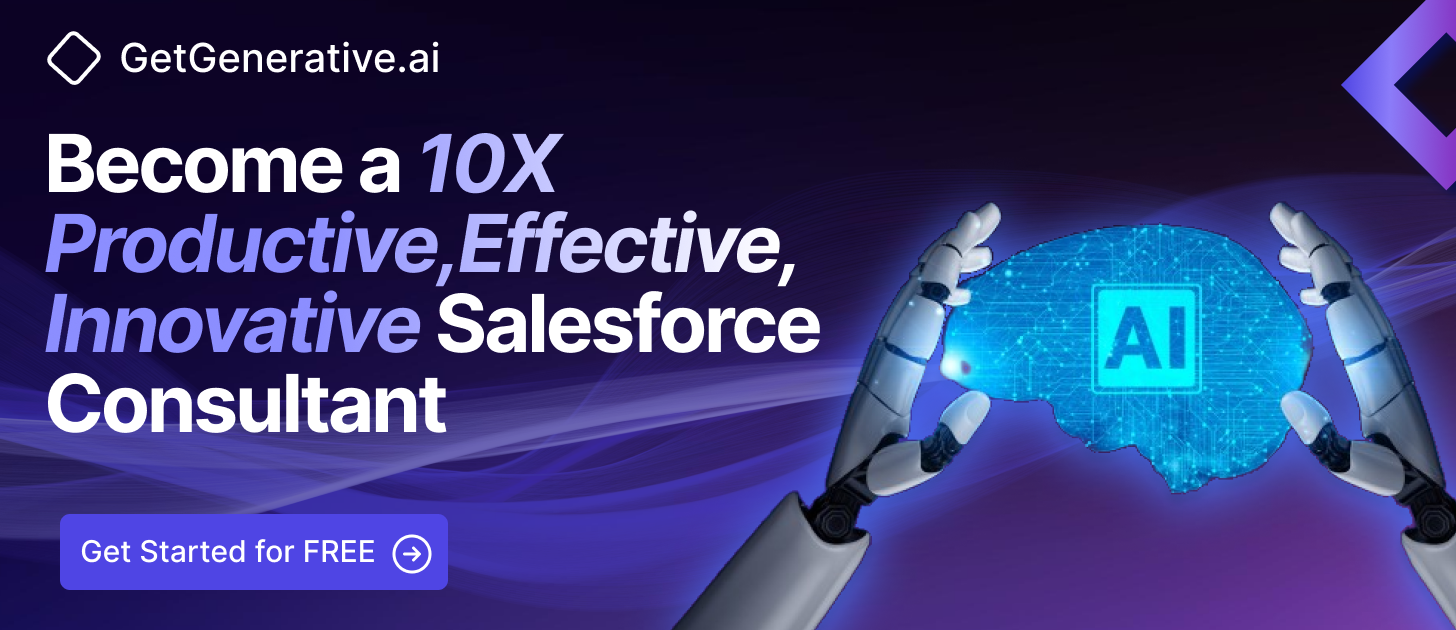Types of Agile Methodologies: Principles and Applications
Agile methodology has changed the face of project management and product development. The mindset of flexibility, collaboration, and iterative progress is what Agile has emerged as a crucial framework for teams striving to cope with the fast pace of business in the current environment.
This article takes you through the different types of Agile methodologies and their characteristics, advantages, and applications.
Introduction to Agile Methodology
Agile methodology was perceived at the turn of the century as a direct challenge to traditional project management approaches, especially as it relates to software development. Agile methodology is anchored based on the principles of the Agile Manifesto, which emphasizes the following values:
- Individuals and interactions over processes and tools.
- Working software over comprehensive documentation.
- Customer collaboration over contract negotiation.
- Responding to change over following a plan.
This creates a culture of continuous improvement and responsiveness to customers’ needs, making Agile a more favorable approach for projects in fast-changing environments.
Types of Agile Methodologies
1. Scrum
Of all the Agile frameworks most commonly implemented in software development, Scrum is arguably one of the most widely used. It organizes work into extremely small, manageable activities known as Sprints, usually lasting between two and four weeks.
Key roles in Scrum are:
- The Scrum Master facilitates the Scrum process, removes impediments, and ensures that the participants adhere to it.
- Product Owner Represents stakeholders and provides a definition of and prioritizes the product backlog.
- Development Team Cross-functional group that delivers the product increment at the end of each Sprint.
- A number of ceremonies underpin Scrum enhancing collaboration and accountability. There is Sprint Planning during which teams define what they can deliver in the following Sprint and how it will be achieved.
- Daily Standups: a short daily meeting for synchronizing activities and review of progress.
- Sprint Review: demonstration of results to stakeholders who solicit feedback.
- Sprint Retrospective: a reflective session on what can be improved for future Sprints.
Application Areas
Since the requirements are probably going to change, Scrum is suitable to use especially when the environment becomes unstable. Primarily, Scrum is used in the software development industry. Nevertheless, it can be applied for marketing, education, or any other project that involves team work in delivering incremental value.
2. Kanban
Kanban is a management visualization for continuous delivery and flow. Unlike Scrum, however, Kanban does not have iterations or roles but aims at visualizing work items as well as limiting in progress. Fundamental aspects of Kanban are: Visual Board This board works on visualizing work items at various stages, and teams can get an overview of the flow of tasks.
- WIP Limits: The number of items in work is limited to avoid bottlenecks and provide smooth delivery of work.
- Continuous Improvement: Teams often inspect their process concerning data and feedback to help incrementally improve the effectiveness of their processes.
Usage Fields
Kanban is very general and can be applied to any domain, including IT operations, marketing, and support teams. It shines in environments that consistently have recurring work and no iterations that are time-boxed.
3. Extreme Programming (XP)
Extreme Programming (XP) is one of the methodologies developed to represent agility, with an emphasis on technical excellence and customer involvement. XP achieves this through some key practices that are purported to enhance the quality of software as well as responsiveness to changing requirements in the following ways:
- Pair Programming: Two developers at one workstation, a practice which fosters collaboration and shared knowledge.
- Test-Driven Development: Developing tests before the corresponding code ensures that software is adequately tested from the outset.
- Continuous Integration: Continuous integration of change in code into a collective repository, where issues can be detected and resolved at an early stage.
Application Areas
XP is appropriate for small to middle-size teams working on projects that are complex and require high-quality code with rapid iteration. It works more efficiently in situations requiring response from the customer as key for success.
Also Read – Best Agile Tools to Boost Project Management in 2025
4. Lean-Agile
The concept of Lean Agile is about amalgamating principles from Lean manufacturing and Agile methodologies to ensure efficiency and remove waste. The major principles which constitute Lean Agile are as follows:
- Value Stream Mapping: Identifying and mapping the flow of value in the project to be able to eliminate activities that are non-value-adding.
- Continuous Delivery: Ensure that a product reaches its customers speedily and efficiently
- Empowered Teams: Empower teams to make their own decisions and take responsibility for their processes
Application Areas
Lean Agile is widely being used in manufacturing, software development, and service industries. It has been most beneficial to organizations looking to make streamlined processes and increase their overall efficiency.
5. Feature-Driven Development (FDD)
Feature-Driven Development (FDD) is an iterative and incremental process of software development that is centered on producing tangible working features. The key points for FDD are as follows:
- Domain Object Modeling: Identify and model the core domain objects that become a foundation for the application.
- Feature List: Listing the feature which you want to build. Making each feature defined with a particular set of criteria.
- Regular Builds: Delivery of the working software very frequently, say every two weeks.
Application Areas
FDD is very suited to the huge enterprise projects which require deep feature management and coordination of various teams. It will deliver value where the recognition and management of complex features is necessary.
6. Crystal
Crystal is the family of Agile methodologies focusing on team dynamics and teamwork. Variants within Crystal (for example, Crystal Clear and crystal Orange) tailor to project size and complexity. Some key principles are:
- Reflective Practices: Teams regularly reflect on their processes and adapt as needed
- Frequent Delivery: deliver working software frequently, get feedback from customers and adjust course.
- Collaboration: openness of communication and cooperation well among members
Application Areas
Crystal is excellent for work where team dynamics and communication matter. It is flexible enough to be used across almost any variety of teams and applies to projects of all sizes and complexity.
7. Dynamic Systems Development Method (DSDM)
Dynamic Systems Development Method (DSDM) is an Agile framework that emphasizes delivering business solutions on time and within budget. Its main principles include:
- Frequent Delivery: The production of usable software is delivered promptly for early testing and feedback.
- Involvement of stakeholders in every step of the development process.
- Timeboxing: Time allocated to specific project phases to ensure prompt delivery.
Application Domains
DSDM is very useful for projects with a specific budget and deadline. It is widely used in governmental and financial organizations. This model type is useful, assuming that the business requirements are well-defined, though they need to be changed during development.
8. Adaptive Software Development (ASD)
Adaptive software development focuses on learning and teamwork throughout the process. Key principles include:
- Iterative Planning: At every point, the project goals and plans continuously evolve due to feedback received.
- Collaboration: Team and stakeholder participation is considered vital.
- Learning and Adaptation: Teams can learn and adapt practice from experiences. Scope of Application
ASD is ideal for projects in volatile and uncertain environments, such as research and development. It promotes experimentation and adaptability to accommodate changing requirements well.
Choosing the Right Agile Approach
The choice of appropriate Agile approach depends on the following factors:
- Project Size: Larger projects need more formal approaches like FDD or DSDM, while smaller projects can thrive on Scrum or Kanban.
- Team Expertise: Teams with high technical expertise could do well with XP, while teams with lower expertise opt for Scrum’s simplicity.
- Customer Involvement: Projects requiring constant customer feedback should be done through Scrum or XP.
- Organizational Culture: The existing culture in the organization decides what type of Agile methodology works best.
Conclusion
Agile methodologies offer alternatives for managing projects, each with strengths and applications. If organizations understand which type of Agile methodology best fits their projects, this can promote innovation toward adapting to the constantly changing business environment today.
Visit GetGenerative.ai to learn more!




